Matthew Howse, Partner, Eversheds Sutherland Belfast
As each day passes, the economic challenges presented by COVID-19 are further illuminated. With the jobs retention scheme portal now open for applications, many businesses and employers will be hoping that there is some light at the end of the dark tunnel they are currently in. Specifically, they will be hoping that they promptly receive funds from HMRC in the coming days in order to fulfil payroll obligations and ease any immediate cashflow concerns.
There is no doubt that many local businesses are facing increasing creditor pressure across a range of sectors, with funders and the UK government fiscal stimulus packages endeavouring to provide support to those businesses where possible. However, the economic impact of the crisis cannot be underestimated and will need to be addressed in a manner which is appropriate to each business which encounters irreversible difficulties.
An option which may be necessary for some is administration. Yet, a commonly held misconception is that a company entering into administration has entirely ‘collapsed’ rather than the process being viewed as one which, if used appropriately, can stabilise and restructure a company in a manner which provides a positive outcome for a range of key stakeholders.
The most recent administration of Debenhams is a high-profile example of what has been dubbed the “light touch” approach being implemented in an effective manner. Up until now, the administration process typically has led to the incumbent management team of the business handing over control of the company’s affairs to the appointed insolvency practitioner. However, in certain circumstances an appointed administrator may decide to authorise the existing directors to retain and exercise certain management powers held by them prior to the administration taking effect. If used wisely, this can be hugely beneficial.
However, there are pros and cons to consider. If the primary objective of rescuing the company in question is the principal driver for the administration process, retaining director involvement and their inherent knowledge of the business coupled with the expert guidance from an appointed insolvency practitioner could provide a favourable result in seeking to achieve that objective. This approach can also assist with keeping costs down in a particularly costs sensitive environment.
On the other hand, from a practical perspective, insolvency practitioners will be conscious of not handing too much power back to directors given the inherent risk of those delegated powers being abused, or innocently mishandled. Furthermore, if a company already holds a significant level of impaired debt prior to the COVID-19 crisis, the use of a “light touch” approach is unlikely to be appropriate to alleviate that position.
The director general of the CBI, Dame Carolyn Fairbairn, has spoken of the workout for the COVID-19 crisis requiring a three-phase response of restarting, reviving and renewing the economy. A wider implementation of “light touch” administrations in the correct set of circumstances, and within the correct parameters, may form an integral part of that response. However, the success of the approach will rely heavily on buy in from a company’s funders, other key stakeholders and the value of the skillset of the existing management team in order to successfully navigate the challenges faced.

